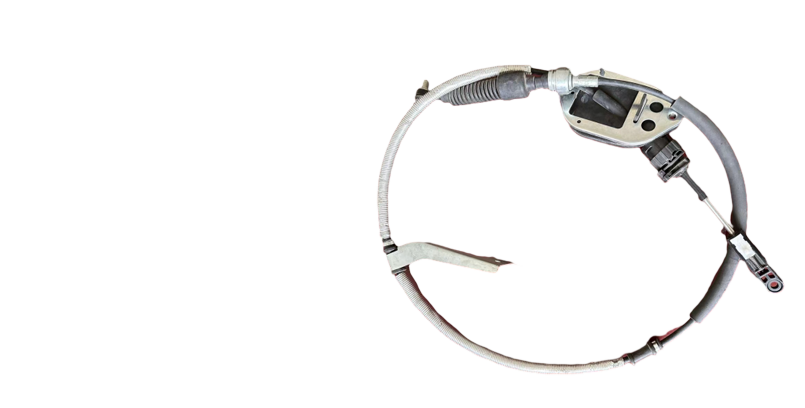cable throttle pedal
Understanding the Cable Throttle Pedal Mechanism, Functionality, and Benefits
In modern automotive engineering, the throttle system plays a pivotal role in controlling the engine’s power output. The cable throttle pedal, a component integral to this system, operates through a straightforward yet effective mechanism that connects the driver’s input to the engine’s performance. This article delves into the functionality, advantages, and transitions to electronic systems, offering insights into the relevance of cable throttle pedals in today’s vehicles.
The Mechanism of the Cable Throttle Pedal
At the heart of the cable throttle system lies a simple mechanical linkage. When the driver presses the throttle pedal, a cable connected to the pedal pulls on the throttle valve, which regulates the amount of air entering the engine. This action results in a corresponding increase in fuel injection, leading to greater engine output. The degree of acceleration is thus directly proportional to how far the pedal is depressed.
The design of the cable throttle pedal allows for immediate feedback and feel, providing drivers with a direct connection to the vehicle's response. The construction typically includes durable materials like reinforced nylon or steel, which ensures longevity and reliable performance through various climatic conditions. As the pedal is pressed, the cable smooths out the transmission of force, mitigating any jolts or sudden movements, which is crucial for safe driving.
Advantages of Cable Throttle Pedals
1. Simplicity and Reliability One of the most significant advantages of cable throttle systems is their straightforward design. Fewer electronic components mean fewer potential points of failure. This simplicity also translates into easier maintenance and repair, leading to lower overall ownership costs.
2. Immediate Response Drivers often prefer the direct mechanical connection of a cable throttle system because it provides immediate feedback. When the driver commands acceleration, the vehicle responds without the lag sometimes noticed in electronically controlled systems. This instant responsiveness is particularly appreciated in performance driving and emergency situations.
3. Cost-Effectiveness Cable throttle systems tend to be less expensive to produce than their electronic counterparts. This cost-effectiveness can influence the overall price of vehicles, particularly in the economy segment where manufacturers aim to keep costs low while still delivering reliable vehicles.
cable throttle pedal

4. Weight Cable systems are generally lighter than electronic throttle systems, contributing to improved fuel efficiency. The reduced weight can also enhance handling and performance, especially in sports and compact vehicles.
Transition to Electronic Throttle Control
In recent years, there has been a noticeable shift in the automotive industry towards electronic throttle control (ETC) systems. These systems utilize sensors and actuators to manage engine throttle electronically, providing manufacturers with greater flexibility in tuning and performance optimization.
While electronic systems can offer features such as adaptive cruise control and enhanced emissions control, proponents of cable throttle systems argue that they can feel more engaging and provide a purer driving experience. The tactile feedback and connection to the engine's power delivery provided by a cable system can be hard to replicate with sensors and complex electronic algorithms.
Conclusion
The cable throttle pedal is a testament to the simplicity and effectiveness of mechanical systems in automotive design. Its straightforward operation, reliability, and driver-centric responsiveness have made it a mainstay in many vehicles, particularly in performance and budget-friendly models.
As the automotive industry continues to evolve towards more technologically advanced solutions, the cable throttle pedal serves as a reminder of the foundational principles of vehicle design. Whether one prioritizes the engaging experience of cable systems or the advanced capabilities of electronic throttles, both technologies play a vital role in shaping the future of driving.
Ultimately, understanding the functionality, advantages, and current trends surrounding cable throttle pedals helps appreciate their contribution to automotive history and their persistence in an era marked by rapid technological advancements. For enthusiasts and everyday drivers alike, the choice of throttle control may shape their driving experience profoundly, reaffirming the bond between man and machine.
-
Workings of Clutch Pipe and Hose SystemsNewsJun.04,2025
-
The Inner Workings of Hand Brake Cable SystemsNewsJun.04,2025
-
The Secrets of Throttle and Accelerator CablesNewsJun.04,2025
-
The Hidden Lifeline of Your Transmission Gear Shift CablesNewsJun.04,2025
-
Demystifying Gear Cables and Shift LinkagesNewsJun.04,2025
-
Decoding Clutch Line Systems A Comprehensive GuideNewsJun.04,2025
